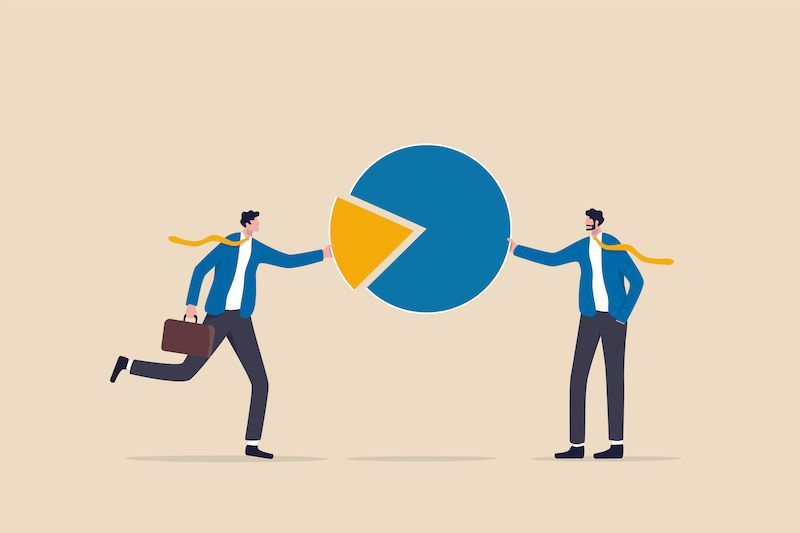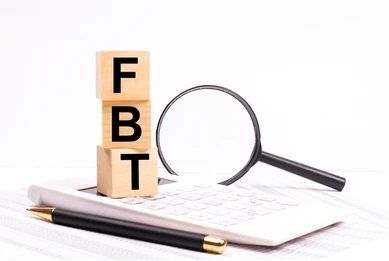How to Market on Social Media Effectively
The rise of social media platforms has revolutionised the way businesses connect with their audiences.
You might wonder how social media could be instrumental in growing your business.
What is social media marketing?
Social media marketing involves using platforms like Facebook, Instagram, Twitter, LinkedIn, and TikTok to effectively reach a wider audience and communicate with customers.
With the right social media strategy, you can effectively gain brand awareness, increase traffic, and generate leads. Your customers expect engaging content and the ability to communicate with you through direct messaging and comments.
Identify Your Target Audience
Before diving into social media, understand who your target clientele is. Tailoring your social media content to meet the specific needs of your audience ensures higher engagement and conversion to sales.
Select the Appropriate Platforms
While the temptation to be present on all social media platforms is strong, focusing on those frequented by your target audience can yield better results.
You’ll want to think about how to best use each platform, based on what it was created for and the content that does best there:
- Facebook offers quality video streaming, like live video, as well as a high-functioning messaging platform that allows brands to interact with their followers one-on-one.
- Instagram supports more visually compelling posts and creative short videos.
- YouTube is best for longer informational or entertaining video content.
- Twitter allows for real-time conversations, news updates, and alerts.
- LinkedIn works well for long-form written content, like blog posts.
- Pinterest lets users discover content and relies on visuals to catch their attention.
Develop and post relevant content regularly
Success on social media is a matter of posting compelling, engaging content consistently. Not only will this help make your business look dependable, but it also shows that you have timely knowledge to share and that you care to be in conversation with your audience.
Social media platforms change their algorithms over time, but the rule of posting regularly holds true: This practice helps your content show up in newsfeeds. By focusing on consistent, relevant content, you show the algorithms that your posts are worthy of showing up in various newsfeeds and ultimately, will attract and retain followers.
Use Video Content
Live streaming can help boost your reach on social media because live streaming taps into your followers’ fear of missing out (FOMO), you can reach more people at a time. Live streaming also allows you to be more personal with your audience and give them insight into your business and its products to build trust.
Interaction is Key
Social media is not just about broadcasting; it’s about engagement. Make it a habit to interact with your audience by responding to comments, liking posts, and even directly engaging through polls or Q&As.
Instead of posting multiple times a day on as many platforms as possible, you should focus on delivering consistent, quality posts.
Maintain Consistency
Brand identity is what helps people connect to your business and sets you apart from your competitors. This means that all marketing, including print, digital, and social media, should be consistent.
It’s important to remember that as you post on social media, you are always representing your business.
Measure and Adapt
Utilise analytics tools provided by social media platforms to measure your performance. Pay attention to metrics like engagement rates, follower growth, and conversion rates to evaluate the effectiveness of your strategy. Adapt your tactics based on these insights for ongoing success.
Collaborations and Partnerships
Partnering with influencers can help you take your social media marketing to the next level by leveraging their talents to help you grow your business. Influencers have their own personal branding and followers that trust their expertise.
Working with influencers in your industry can help you build brand awareness and increase sales. Since influencers are real people, they’re more easily trusted by customers, allowing you to use that to your advantage.
Be Authentic
Authenticity is crucial. A genuine voice and transparent approach can go a long way in establishing long-term relationships.
By employing a strategic and focused approach, you can not only extend your reach but also build a loyal client base, thereby ensuring long-term success in your field.
A few benefits of social media marketing include:
Cost-effective. Advertising your business on social media is one of the most cost-effective advertising solutions available for small businesses.
More exposure. Marketing your business on social media allows you to reach more people. Engaging content will likely be shared, helping you increase your online visibility.
Boost brand awareness . Social media is a great tool for increasing brand awareness by boosting online visibility. However, if you want to take advantage of social media to raise brand awareness, consider creating advertisements that expand your reach.
Drive traffic to business websites . Your social media marketing should drive traffic back to your website, where customers can complete actions like filling out forms or making purchases.
Support customers quickly . Social media allows you to handle online customer service requests quickly and easily. When someone messages you directly on social media, you can answer their questions in real-time, giving them a fast response that improves their experience with your business.
Increased credibility. Posting engaging and educational content can increase your credibility, helping new customers learn that you’re a thought leader they can trust.
In summary, every small business should consider investing in social media marketing to promote their business and boost online visibility.
#Good Luck!
The post How to Market on Social Media Effectively appeared first on Green Taylor Partners.
More GTP Articles






